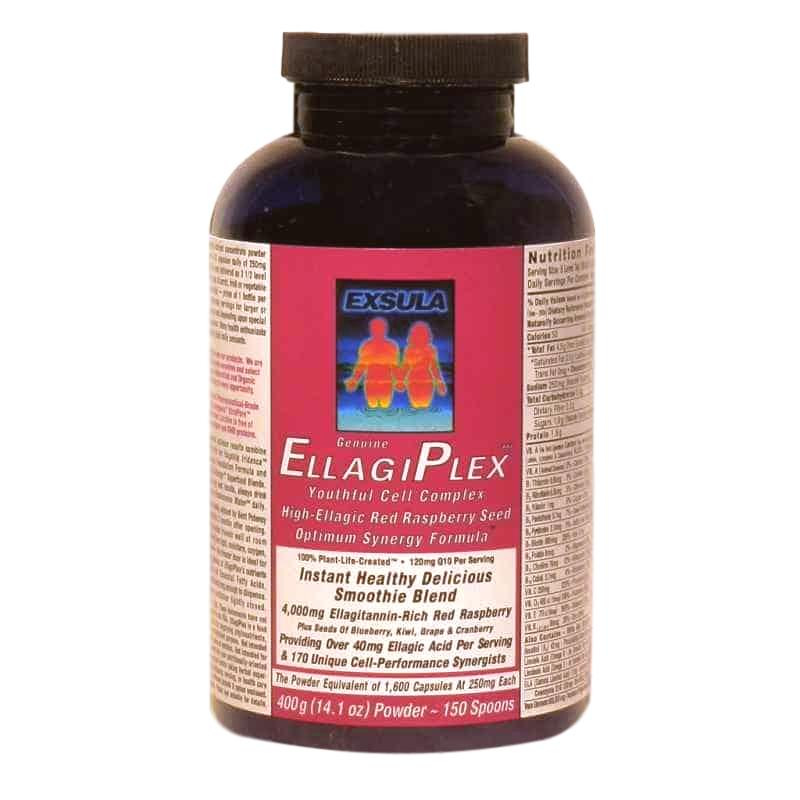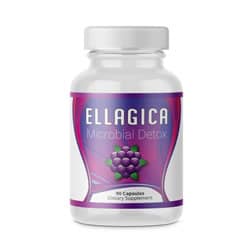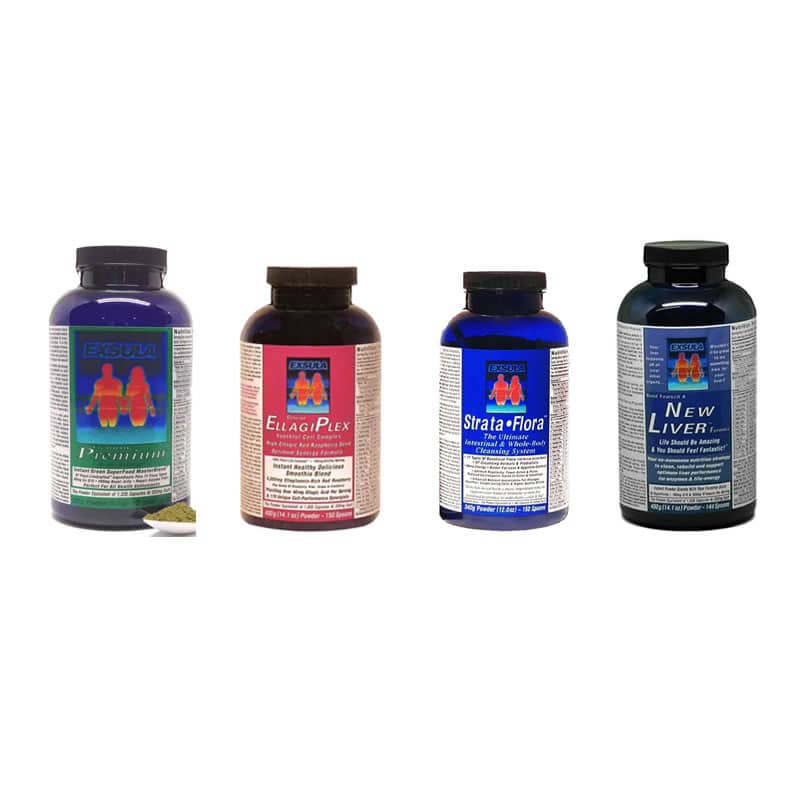No products in the cart.
Suma (Pffafia Paniculata)
Amazon Indians refer to suma as “Para Todo”, meaning “for everything”. General tonic, adaptogen, regenerative – transformative, healing, oxygenating, immune supporting. Suma Root is also known by the names Amazon Ginseng, Brazilian Ginseng, Brazilian Carrots, and Para Todo. This is a shrub that grows in the Amazon Basin, and has long been one of the most highly regarded South American herbs. There has not yet been extensive scientific research, but it does have a long tradition of use as a folk medicine. The part of this plant used medicinally is the root. The primary chemical constituents of Suma Root include saponins, sitosterol, stigmasterol, allantoin, sesquiterpenes, polyphenols, and germanium. Suma’s properties are adaptogen, tonic, aphrodisiac, restorative, and astringent.
While not a true member of the Panax ginseng family, it is an authentic adaptogenic herb, and as such exerts a normalizing influence on your body and can help regulate and enhance your endocrine, nervous, digestive, cardiovascular and immune systems. South American Natives have used Suma for centuries to treat wounds, skin rashes, low energy and sexual disinterest. The overall effect is to give you an increased resistance to stress while having a cell-building and regenerating effect. It also has analgesic and anti-inflammatory properties that can help alleviate chronic and acute pain. Suma Root is also quite valuable nutritionally as it contains essential vitamins, minerals, amino acids and trace elements. It also contains high amounts of the trace element germanium, which is a powerful immune stimulator. The germanium may be partly responsible for Suma’s powerful ability to bring more oxygen to the cells. This herb helps fight the virus responsible for Epstein-Barr disease. Japanese research has demonstrated that it inhibits some type of cancerous cells. Suma is also beneficial for treating cardiovascular disease, depression, chronic fatigue and inflammatory conditions.
Quoted from Raintree Nutrition
Suma is a large, rambling, shrubby ground vine with an intricate, deep, and extensive root system. It is indigenous to the Amazon basin and other tropical parts of (southern) Brazil, Ecuador, Panama, Paraguay, Peru, and Venezuela. Since its first botanical recording in 1826, it has been referred to by several botanical names, including Pfaffia paniculata, Hebanthe paniculata, and Gomphrena paniculata. The genus Pfaffia is well known in Central and South America, with over 50 species growing in the warmer tropical regions.
In South America suma is known as para toda (which means “for all things”) and as Brazilian ginseng, since it is widely used as an adaptogen with many applications (much as “regular” ginseng). The indigenous peoples of the Amazon region who named it para toda have used suma root for generations for a wide variety of health purposes, including as a general tonic; as an energy, rejuvenating, and sexual tonic; and as a general cure-all for many types of illnesses. Suma has been used as an aphrodisiac, a calming agent, and to treat ulcers for at least 300 years. It is an important herbal remedy in the folk medicine of several rainforest Indian tribes today.
In herbal medicine throughout the world today, suma is considered a tonic and an adaptogen. The herbal definition of an adaptogen is a plant that increases the body’s resistance to adverse influences by a wide range of physical, chemical, and biochemical factors and has a normalizing or restorative effect on the body as a whole. In modern Brazilian herbal medicine practices, suma root is employed as a cellular oxygenator and taken to stimulate appetite and circulation, increase estrogen production, balance blood sugar levels, enhance the immune system, strengthen the muscular system, and enhance memory.
In North American herbal medicine, suma root is used as an adaptogenic and regenerative tonic regulating many systems of the body; as an immunostimulant; to treat exhaustion and chronic fatigue, impotence, arthritis, anemia, diabetes, cancer, tumors, mononucleosis, high blood pressure, PMS, menopause, and hormonal disorders, and many types of stress. In herbal medicine in Ecuador today, suma is considered a tonic and “normalizer” for the cardiovascular system, the central nervous system, the reproductive system, and the digestive system; it is used to treat hormonal disorders, sexual dysfunction and sterility, arteriosclerosis, diabetes, circulatory and digestive disorders, rheumatism, and bronchitis.
Thomas Bartram, in his book Encyclopedia of Herbal Medicine, reports that suma is used in Europe to restore nerve and glandular functions, to balance the endocrine system, to strengthen the immune system, for infertility, menopausal, and menstrual symptoms, to minimize the side effects of birth control medications, for high cholesterol, to neutralize toxins, and as a general restorative tonic after illness. Nutritionally, suma root contains 19 different amino acids, a large number of electrolytes, trace minerals, iron, magnesium, zinc, vitamins A, B1, B2, E, K, and pantothenic acid. Its high germanium content probably accounts for its properties as an oxygenator at the cellular level; its high iron content may account for its traditional use for anemia. The root also contains novel phytochemicals including saponins, pfaffic acids, glycosides, and nortriterpenes.
Suma has also been called “the Russian secret,” as it has been taken by Russian Olympic athletes for many years and has been reported to increase muscle-building and endurance without the side effects associated with steroids. This action is attributed to an anabolic-type phytochemical called beta-ecdysterone and three novel ecdysteroid glycosides that are found in high amounts in suma. Suma is such a rich source of beta-ecdysterone that it is the subject of a Japanese patent for the extraction methods employed to obtain it from suma root (approximately 2.5 g of beta-ecdysterone can be extracted from 400 g of powdered suma root-or .63%).
These same Japanese researchers filed a U.S. patent in 1998 for a proprietary extract of suma (which extracted the ecdysterone and beta-ecdysterone); it claimed (through various in vivo and in vitro studies) that their compound maintained health, enhanced the immune system, and had a tonic and an anti-allergenic effect. A French company also filed a U.S. patent on the topical use of these ecdysterone chemicals, claiming that their suma ecdysterone extract strengthened the water barrier function of the skin, increased skin keratinocyte differentiation (which would be helpful for psoriasis), gave the skin a smoother, softer appearance and, also, improved hair appearance.
Suma root has a very high saponin content (up to 11%). In phytochemistry, plant saponins are well known to have a wide spectrum of activities including lowering blood cholesterol, inhibiting cancer cell growth, and acting as antifungal and antibacterial agents. They are also known as natural detergent and foaming agents. Phytochemists report that saponins can act by binding with bile acids and cholesterol. It is thought that these chemicals “clean” or purge these fatty compounds from the body (thus lowering blood cholesterol levels). One of the most famous plant saponins is digitalis, derived from the common foxglove garden plant, which has been used as a heart drug for over 100 years.
The specific saponins found in the roots of suma include a group of novel phytochemicals that scientists have named pfaffosides. These saponins have clinically demonstrated the ability to inhibit cultured tumor cell melanomas (in vitro) and help to regulate blood sugar levels (in vivo). The pfaffosides and pfaffic acid derivatives in suma were patented as antitumor compounds in several Japanese patents in the mid-1980s. In a study described in one of the patents, researchers reported that an oral dosage of 100 mg/kg (of suma saponins) given to rats was active against abdominal cancer. The other patents and Japanese research report that the pfaffic acids found in suma root had a strong in vitro activity against melanoma, liver carcinoma, and lung carcinoma cells at only 4-6 mcg of pfaffic acids. However, it should be noted that this equates to taking 400 to 600 g (about 1 pound) of natural suma root daily to achieve the therapeutic dosage of pfaffic acids reported to demonstrate toxic activity against these cancer cells. As such, it will probably be left up to the pharmaceutical companies to provide synthesized versions of these chemicals in therapeutic amounts.
In addition to the pfaffic acids having anticancerous activity, recent research in Japan (in 2000) reported that natural suma root had anti-cancerous activity as well. In this in vivo study, an oral administration of powdered suma root (at a dosages of 750 mg/kg) was reported to inhibit the proliferation of lymphoma and leukemia in mice and, otherwise, delay mortality. Notice, however, that this antiproliferative effect slowed the growth of these cancer cells – it did not eradicate them. These researchers postulated that the inhibitory effect evidenced might be due to the enhancement of the nonspecific and/or cellular immune systems.
In 1995, another U.S. patent was filed which detailed some beneficial effects of suma root against sickle-cell anemia. In a double blind placebo human study, they reported that 15 patients taking suma root for three months (1000 mg three times daily) increased hemoglobin levels, inhibited red blood cell sickling and, generally, improved their physical condition by reducing side effects during the treatment. These results were statistically higher than the 15 other patients on placebo. Unfortunately, once treatment was discontinued, symptoms and blood parameters returned to their pretreated state within 3-6 months. It was reported, however, that several patients in the study remained on the suma supplement for three years or longer. They reportedly maintained consistent improvement and a higher quality of life with no side effects. Other U.S. researchers (in 2000) studied suma root’s actual mechanism of action in its ability to resickle blood cells and reported their findings-which again confirmed an antisickling effect and a rehydration effect of sickled cells (in vitro).
In other research, suma demonstrated analgesic and anti-inflammatory activities in various in vivo rat and mouse studies. Another tested activity focused on its long history of use as a sexual stimulant and aphrodisiac. Researchers verified this traditional use, reporting in a 1999 clinical study that a suma root extract was able to increase the sexual performance in healthy, sexually sluggish and impotent rats. In 2001, a U.S. patent was filed on a multi-plant combination containing suma for sexual enhancement in humans. The patent indicated that the suma extract tested increased sexual performance and function.
Suma is another excellent example of a highly beneficial rainforest plant that has many activities and applications – with clinical research validating its traditional uses. No wonder it’s called “for all things” throughout South America! With its varied applications – from cancer and sickle cell anemia to its sexual stimulant and tonic qualities – it is finally becoming more popular and well known in North American herbal medicine practices as well. Suma root products are now more widely available in health food stores; several encapsulated, ground-root products (and root extracts in capsules and liquid extracts) are available on the shelves under various labels. There is also at least one standardized extract (standardized to the saponin content) that has made a recent appearance on the market.
Main Actions:
adaptogen, tonic (tones, balances, strengthens), aphrodisiac, steroidal, immunostimulant
Main Uses:
- as a general tonic (tones, balances, strengthens) for balancing, energizing, rejuvenating and muscle growth
- for hormonal disorders (menopause, PMS, etc)
- for chronic fatigue and general tiredness
- for sexual disorders (impotency, frigidity, low libido, etc)
- for sickle cell anemia
The above text has been quoted from the book: Herbal Secrets of the Rainforest by Leslie Taylor







